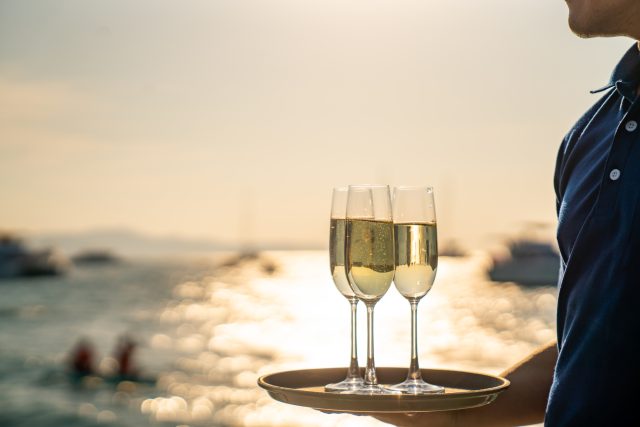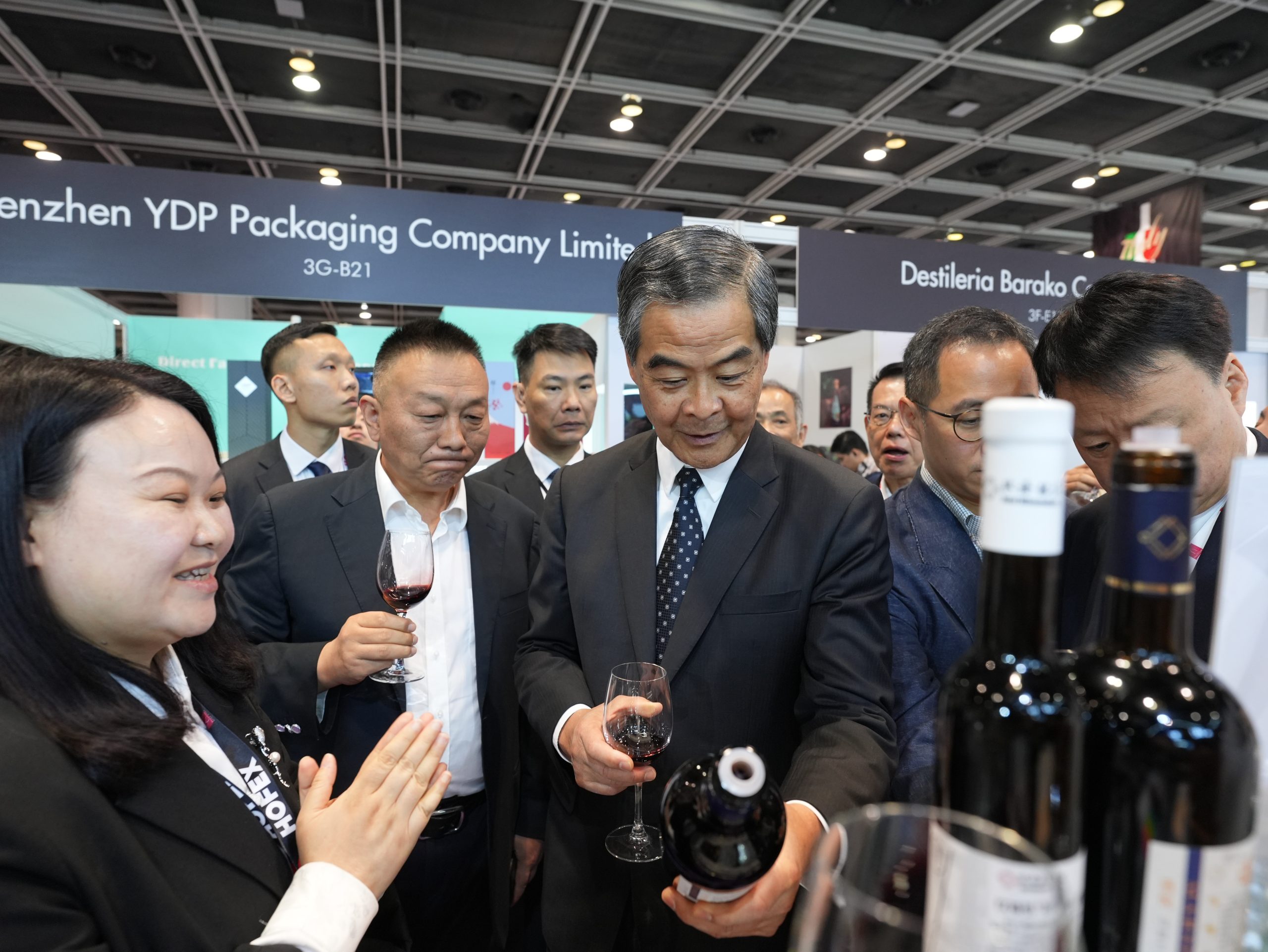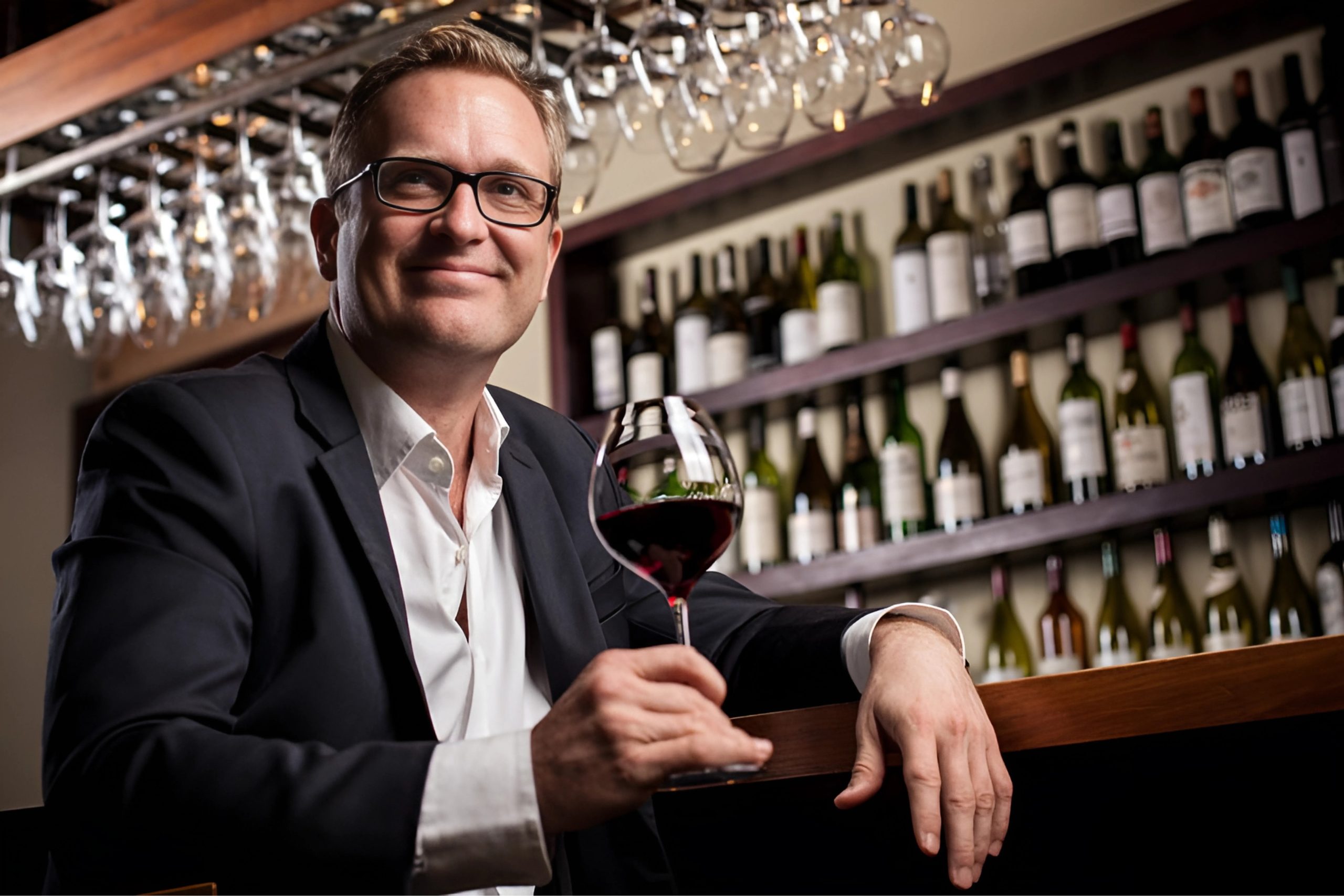Traditional method wines from untraditional regions: Part 2
As the global thirst for traditional method sparkling wines increases, consumers are looking further afield for their fizz. Here, we explore the bubbles of Temecula, Santa Barbara and Michigan.

In part one of this three-part series, we explored fine fizz from Washington State.
In this second part, we take a look at the burgeoning bubbles scenes in Temecula, Santa Barbara, and Northern Michigan and explore why sparkling fans should explore these territories.
Temecula
Southern California’s Temecula Valley lies about an hour or two from Los Angeles, San Diego, and Palm Springs. Often described as “Like Napa, but more affordable,” this family-friendly hub draws around 2.3 million visitors annually.
Moreover, its marine-influenced, Mediterranean-like climate favours Bordeaux, Iberian and Italian grape varieties, allowing for diverse wine styles, including bubbles.
“Our weather and growing conditions are conducive to early harvest, when the ripeness parameters for sparkling grapes – acids high, pH low – are ideal, so why not?” says veteran SoCal sparkling winemaker Jon McPherson of Carter Estates Winery & Resort.
McPherson works alongside winemaker Javier Flores of sister winery South Coast Winery Resort on the estate’s sparkling programme. Founded in 2003, Carter Estates Winery produces approximately 3,000 cases of bubbles annually.
“We use only 100% Temecula fruit, consisting of Pinot Noir (which does well, especially when picked at 18 to 19 brix) Chardonnay, Pinot Blanc and Pinot Gris (all stalwart varieties in our region),” says McPherson.
He prefers an ’oxidative’ style, with dosage between 5-8 g/L.
Other trademarks include meticulous pressing, proprietary yeasts, and extended ageing from three to five-plus years. Finished wines include Brut, Blanc de Blanc, Blanc de Noir, and Prestige Cuvée, ranging between US$39-US$75 (£34-£65).
Interestingly, Temecula Valley sells more than 90% of its wines, including sparkling, direct-to-consumer. Yet it remains a hidden gem, at least for now.
“Our biggest challenge in Temecula is credibility,” admits McPherson.”We are not a region where people would expect classic sparkling wine to be made.”
Santa Barbara County
Santa Barbara County sits 95 miles (153 km) northwest of Los Angeles, along the Pacific coast. Notably, it features a unique, east-west running transverse mountain range.
Gaps in the range draw cold ocean air into the valleys, creating chilly nights, foggy mornings, and fierce afternoon winds. Consequently, this “refrigerated sunshine” proves ideal for crafting sparkling wine.
“It’s a very unique climate, because it fools visitors. They assume we have 70°F(21°C) days, and it’s going to be sunny morning and night,” says Laura Hughes, winemaker/owner of boutique bubble house Loubud Wines.
“It’s great, because you’re not getting as much body when you’re picking your Pinot Noir or your Chardonnay, but you’re still getting so much flavour. That longer hang-time allows for better expression of the fruits, but still maintains the acidity.”
Hughes also serves as associate winemaker for sustainably-farmed Sanford Winery & Vineyard in western Santa Ynez Valley. Founded by pioneers Michael Benedict and Richard Sanford in 1971, the Terlato family of Terlato Wine Group now owns the historic winery and vineyards, where they grow Pinot Noir and Chardonnay.
Hughes helped launch Sanford’s sparkling wine programme shortly after her arrival in 2013.
She started Loubud Wines in 2015 with purchased fruit from Cebada vineyard, and borrowed equipment from the owner, Sandra Newman. (The name ‘Loubud’ riffs on her childhood nickname.) She now sources grapes from three local sites.
Partner Content
Hughes favours single vineyard designates, low dosage (<6 g/L), and lengthier ageing. Cuvées include a one-year aged Rosé, two-year aged Blanc de Blancs, and three-year plus reserve Blanc de Noirs and Blanc de Blancs, priced US$55-US$65 (£48-£57).
Annual production runs to 500 cases, including 125 cases of entry-level still rosé of Pinot Noir. Remarkably, Loubud Wines ranks as the only Santa Barbara sparkler to grace the wine list at iconic California restaurant The French Laundry.
Yet Hughes still grapples with consumers’ misperceptions about the area.
“I eat, sleep, and breathe winemaking,” she says. “So it’s surprising when people don’t think of Santa Barbara as an amazing wine region.”
Northern Michigan
Nicknamed “The Mitt,” Michigan boasts more than 2,000 miles of pristine coastline bordering the Great Lakes. It also features more than 140 wineries, one of which fashions only fizz.
Fifty years ago, maverick Larry Mawby, founder of MAWBY, planted the first wine grapes on Leelanau Peninsula in northern Michigan. He later helped to establish Leelanau Peninsula AVA, Michigan’s first wine growing region.
“I really wanted to grow a crop that could be nurtured all the way from the soil to the table, and wine grapes seemed ideal,” explains Mawby, who is the scion of a prominent fruit-growing family.
Mawby tried making traditional method sparkling wine in 1984. Encouraged, he made the permanent switch from still to sparkling wines in the 1990’s.
“Doing sparkling was not so much a matter of reds not doing well, as sparkling doing better than anything else,” says Mawby.
“Trying to do the best I could meant focusing on sparkling only, and it offered differentiation from other producers.”
Anecdotally, MAWBY added affordable cuve-closed ‘tank’ method wines to the portfolio in 2004.
In 2009, Mawby partnered with Mike and Pete Laing and parents Stu and Sharon to grow the business, stepping away in 2019. The Laings recently acquired ownership.
Presently, MAWBY produces more than 30,000 cases of sparkling wine, including 5,000 cases of traditional method. The winery completes every aspect of production in-house. Bottle ageing ranges between 18-48 months, priced at US$29-US$39 (£25-£34).
Fashioned from cold-climate and hybrid varieties, traditional wines include Talismon Brut Estate Cuvée, assembled from old-vine estate Chardonnay, Pinot Noir, Pinot Gris and Vignole.
Non-estate selections include Grace Brut Rosé of Pinot Noir, Chardonnay and Pinot Gris; Gold Brut Blanc de Noirs of Pinot Noir and Chardonnay; Blanc Brut Blanc de Blancs of Chardonnay, Pinot Gris and Riesling; and 50th Anniversary Cuveé Brut of Chardonnay and Riesling.
Mike Laing, who also owns bigLITTLE Wines with brother Pete, admits that Michigan’s cold winters and annual frosts hamper yields. But the biggest obstacle isn’t Mother Nature.
Ultimately, Michigan suffers the same problem as that of other untraditional wine regions making traditional method sparkling wines.
“Getting the wine industry to take us seriously,” sums up Laing. “I think the sparkling wine enthusiast, wherever they are, should know about Michigan as a sparkling wine destination.”
Related news
Bordeaux 2024 en primeur: St-Estèphe confounds expectations




